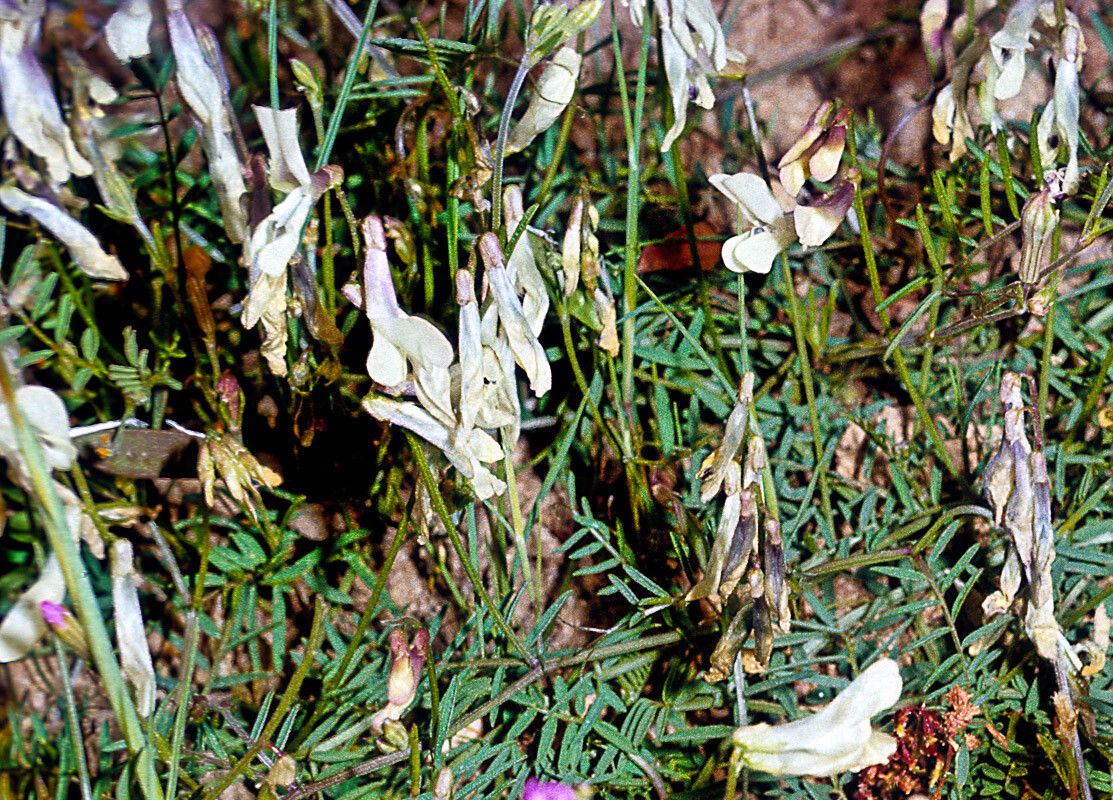Unlocking the Secrets of Propagation: How to Grow More Astragalus Depressus
Astragalus depressus, also known as the “Milk Vetch,” is a drought-tolerant, hardy perennial that boasts beautiful purple blooms and an intriguing history. Not only is it aesthetically pleasing, but it also plays a vital role in maintaining healthy soil and has been traditionally used for medicinal purposes. But what if you could share this unique plant with others, or simply cultivate more for your own enjoyment?
The Good News: Propagating Astragalus depressus is achievable for even the novice gardener. Let’s dive into the different methods and unlock the secrets to growing more of this beautiful plant.
Methods of Propagation
The most common and successful propagation methods for Astragalus depressus are:
- This method is straightforward and yields numerous plants. Collect ripe seedpods from your existing plants, allowing them to dry before extracting the seeds.
- Sow the seeds in a well-drained seed starting mix, covering them lightly with soil.
- Keep the soil consistently moist and maintain a temperature of around 70°F for optimal germination, which typically takes 1-2 weeks.
- Once the seedlings have developed a few sets of true leaves, they can be transplanted into individual pots or directly into the garden.
- Division:
- This method works well for established plants that form dense clumps. In late spring or early fall, gently dig up the plant.
- Separate the clump into smaller portions, ensuring each division has healthy roots and shoots.
- Replant the divisions in prepared soil, providing adequate water and sunlight.
Optimal Growing Conditions
Whether you are starting from seeds or dividing an existing plant, providing the right growing conditions is crucial for success. Remember that Astragalus depressus thrives in:
- Full Sunlight: Choose a location that receives at least 6 hours of direct sunlight daily.
- Well-Drained Soil: This plant dislikes overly wet conditions, so ensure the soil drains well. Amend heavy clay soils with sand or compost to improve drainage.
- Moderate Watering: Water your Astragalus depressus regularly, especially during periods of dryness. However, avoid overwatering, as this can lead to root rot.
Additional Tips for Success
- Regular Maintenance: Deadheading spent flower heads will encourage continued flowering and prevent self-seeding in unwanted areas.
- Protection from Extreme Weather: In frost-prone areas, provide winter protection with mulch or a layer of straw.
- Pest and Disease Management: Astragalus Depressus is generally resistant to pests and diseases. However, be vigilant for any signs of infestation and address any problems promptly.
Enjoying the Fruits of Your Labor
By utilizing these methods and providing the right care, you can successfully propagate your Astragalus depressus. This will not only multiply your plants to fill your own garden but also allow you to share the beauty of this distinctive native species with fellow gardeners.
Beyond the Garden:
Astragalus depressus plays a vital role in the natural world. Its deep roots help to stabilize the soil, preventing erosion and promoting healthy ecosystems. It is also a food source for pollinators, contributing to the overall biodiversity of your landscape.
So, are you ready to unlock the secrets of propagating Astragalus depressus? With a little patience and the right techniques, you can cultivate an abundance of this beautiful and beneficial plant. Enjoy your journey, and remember, the rewards are worth every effort!

